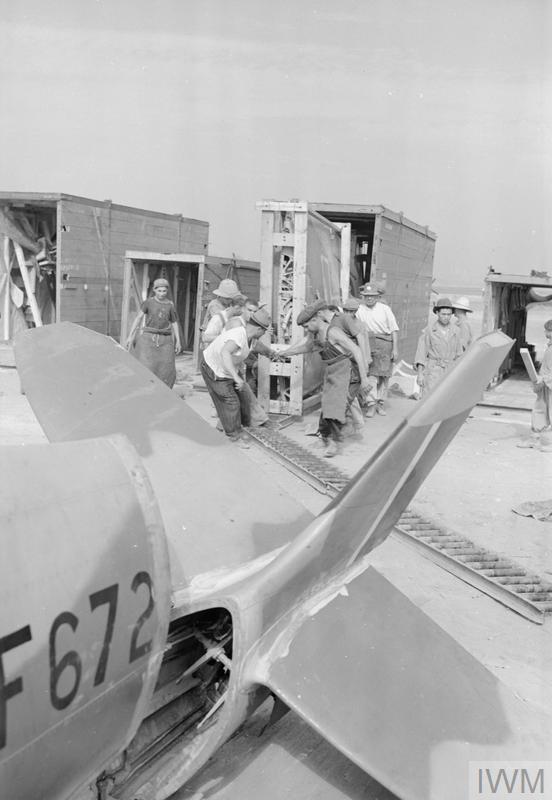Well that statement is open to question, at least so far as North Africa/Italy is concerned.The MK VIIIs went to NA/Italy and the Far east because that is where they needed the extra range.
Both the Mk.VIII and IX turned up in the Med around the same time in early 1943. They were used alongside each other there until the end of the war. And sometimes, particularly in 1943 and early 1944 in the same squadrons simultaneously.
IIRC the first Mk.VIII deployed to the Far East (India/Burma) was a rush job and belonged to 81 squadron. It was withdrawn from Italy to Egypt in Nov 1943, re-equipped with brand new Mk.VIII straight from the MU and flown from Cairo to Calcutta arriving at the beginning of Dec.
The first Mk.VIII had arrived in Australia in Oct 1943.

